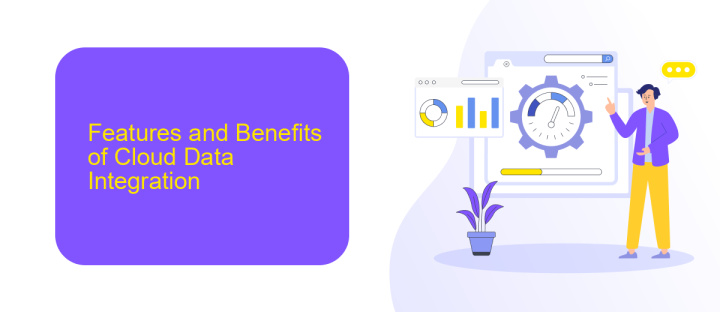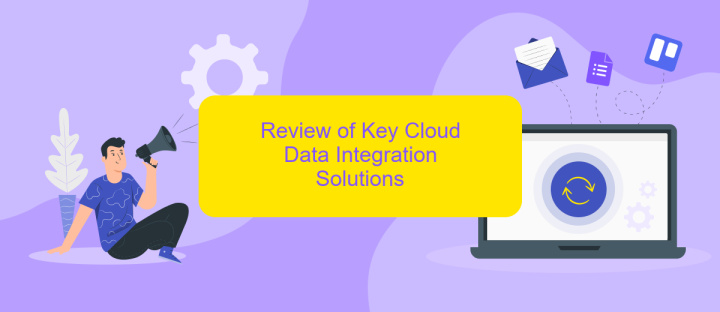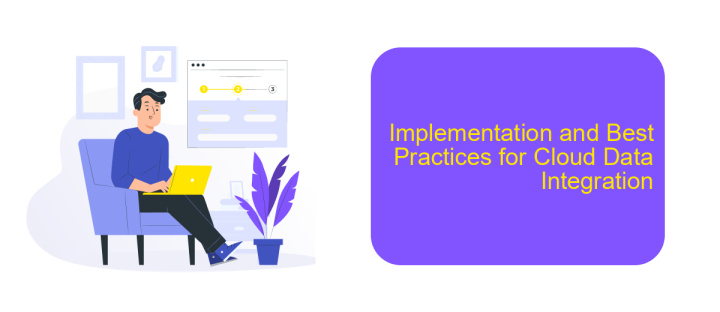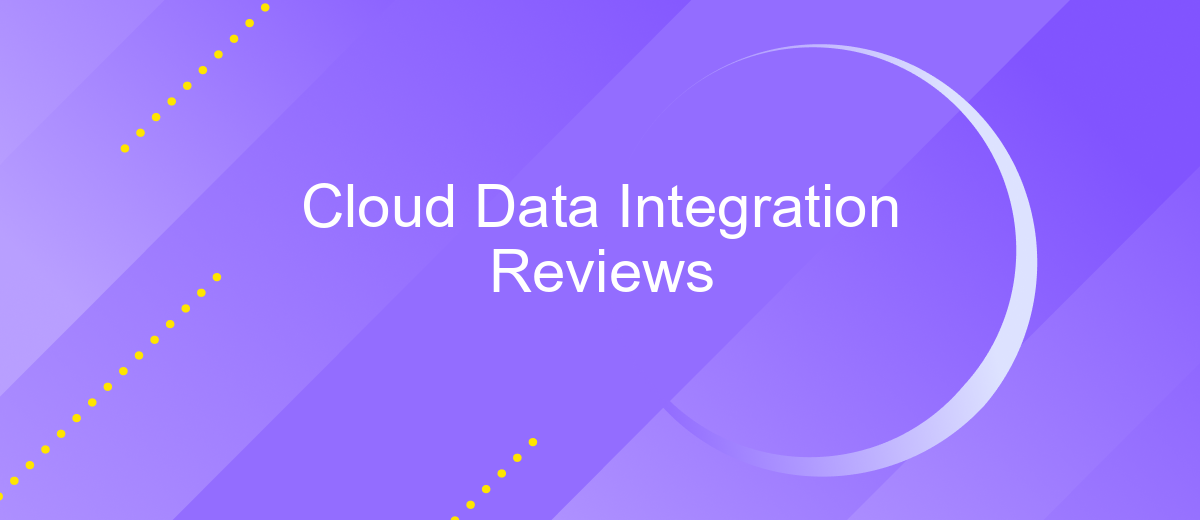Cloud Data Integration Reviews
In today's data-driven world, cloud data integration has become a critical component for businesses aiming to streamline their operations and enhance data accessibility. This article delves into comprehensive reviews of leading cloud data integration platforms, evaluating their features, performance, and user experiences. Whether you're a seasoned IT professional or a business owner, our insights will help you make informed decisions on the best tools for your needs.
Introduction to Cloud Data Integration
Cloud data integration is a transformative approach that enables businesses to unify data from various sources into a single, cohesive system. This process facilitates real-time data access, streamlines operations, and enhances decision-making capabilities. Cloud data integration is essential for businesses looking to leverage the full potential of their data assets.
- Real-time data synchronization
- Scalability and flexibility
- Cost efficiency
- Enhanced data security
- Improved collaboration
One of the key tools for setting up cloud data integrations is ApiX-Drive. This service allows users to connect various applications and automate workflows without the need for coding. By using ApiX-Drive, businesses can easily integrate their data sources, ensuring seamless data flow and operational efficiency. Overall, cloud data integration, supported by tools like ApiX-Drive, is vital for modern enterprises aiming to stay competitive in a data-driven world.
Features and Benefits of Cloud Data Integration

Cloud data integration offers numerous features and benefits, making it an essential tool for modern businesses. One of the primary features is real-time data synchronization, which ensures that data is updated and consistent across all platforms. This feature is crucial for businesses that rely on timely information to make informed decisions. Additionally, cloud data integration provides seamless connectivity between various data sources, including databases, applications, and third-party services, enhancing operational efficiency and reducing the need for manual data entry.
Another significant benefit is the scalability offered by cloud data integration solutions. These platforms, such as ApiX-Drive, allow businesses to easily scale their data integration processes as they grow, without the need for extensive infrastructure investments. ApiX-Drive, in particular, offers user-friendly interfaces and automated workflows, enabling even non-technical users to set up and manage integrations effortlessly. Furthermore, cloud data integration enhances data security by leveraging advanced encryption and compliance measures, ensuring that sensitive information is protected at all times.
Review of Key Cloud Data Integration Solutions

Cloud data integration is essential for businesses looking to streamline their operations and enhance data accessibility. Several key solutions have emerged, each offering unique features to meet diverse needs.
- ApiX-Drive: This platform excels in automating data workflows between various applications and services. It offers an intuitive interface and robust support for numerous integrations.
- Informatica Cloud Data Integration: Known for its scalability and extensive data transformation capabilities, this solution is ideal for large enterprises.
- Microsoft Azure Data Factory: A powerful tool for orchestrating and automating data movement, it integrates seamlessly with other Azure services.
- Talend Cloud Integration: Offers comprehensive data management and transformation tools, making it a versatile choice for complex integration tasks.
- SnapLogic: Provides a user-friendly, drag-and-drop interface for creating data pipelines, suitable for both technical and non-technical users.
Each of these solutions offers unique advantages, from user-friendly interfaces to advanced data transformation capabilities. Selecting the right tool depends on specific business needs, scalability requirements, and existing technology stacks.
Implementation and Best Practices for Cloud Data Integration

Implementing cloud data integration requires a strategic approach to ensure seamless data flow between systems. The first step involves selecting the right integration tools that align with your business needs. ApiX-Drive is a versatile solution that facilitates the connection of various applications and automates data transfer, making the integration process efficient and reliable.
Effective integration also hinges on following best practices. It's crucial to establish clear data governance policies to maintain data integrity and security. Regular monitoring and updates to the integration setup can prevent potential disruptions and ensure continuous data accuracy.
- Choose the right tools: Opt for platforms like ApiX-Drive for robust integration capabilities.
- Data governance: Implement strict policies to secure and manage data flow.
- Continuous monitoring: Regularly check and update integration settings.
- Scalability: Ensure the integration solution can grow with your business.
By adhering to these practices, businesses can achieve a streamlined and secure data integration process. Leveraging tools like ApiX-Drive can significantly reduce the complexity involved, allowing organizations to focus on deriving actionable insights from their integrated data.


Conclusion and Recommendations for Cloud Data Integration
In conclusion, cloud data integration is a critical component for modern businesses looking to leverage their data effectively. The ability to seamlessly integrate various data sources not only enhances operational efficiency but also provides valuable insights that drive strategic decision-making. However, selecting the right tools and services is essential for achieving optimal results. ApiX-Drive, for instance, offers an intuitive platform that simplifies the integration process, making it accessible even for non-technical users.
For organizations looking to implement cloud data integration, it is recommended to start with a clear understanding of their specific needs and objectives. Evaluate different solutions based on factors such as ease of use, scalability, and support for diverse data sources. ApiX-Drive stands out by offering robust features and flexibility, ensuring that businesses can adapt quickly to changing requirements. By prioritizing user-friendly and scalable integration tools, companies can maximize the benefits of their cloud data initiatives.
FAQ
What is Cloud Data Integration?
Why is Cloud Data Integration important for businesses?
How do I choose the right Cloud Data Integration tool?
Can I automate data integration processes?
What are the common challenges in Cloud Data Integration?
Strive to take your business to the next level, achieve your goals faster and more efficiently? Apix-Drive is your reliable assistant for these tasks. An online service and application connector will help you automate key business processes and get rid of the routine. You and your employees will free up time for important core tasks. Try Apix-Drive features for free to see the effectiveness of the online connector for yourself.

